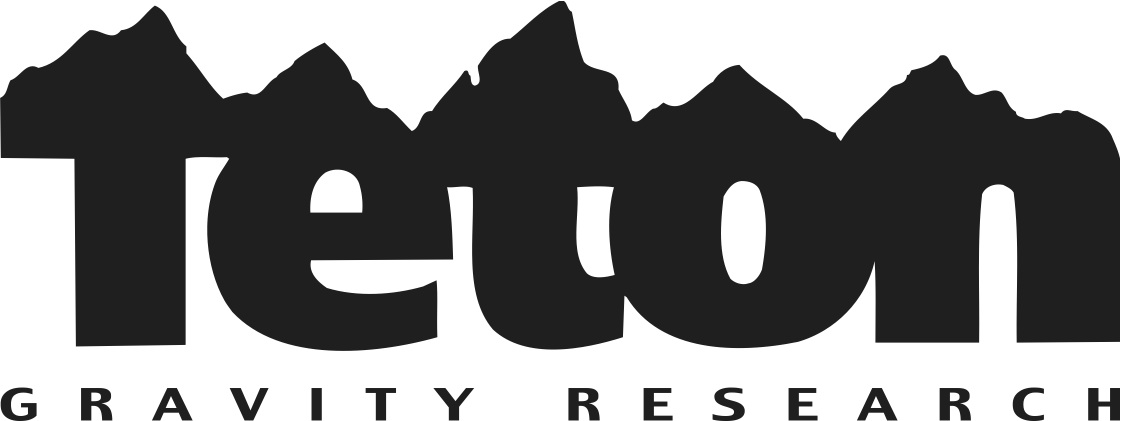

“In the Himalayas, the difference was that I was trying to do really technical snowboarding, and it blew me away how much more difficult it was to snowboard down than to hike up,” said Jones, who topped out at more than 21,000 feet - the highest he’s ever ridden. He said the high-elevation training helped, but only so much. Unaware that he would soon be filming in the world’s tallest mountain range, Jones rode 20,320-foot Mount McKinley in Alaska, the tallest peak in North America, a couple months prior to the trip. I just kind of felt the pull of the Himalayas,” Jones said. I hadn’t really ever considered snowboarding there until a couple months before I went. The Himalayas were a whole nother animal, Jones said.

The Grand Teton and the Alaska Range provided challenging lines.
While the TGR crew set aside two seasons to film, Jones said most of the footage was shot between March 2013 and October during three major trips - to Grand Teton National Park, Alaska and the Himalayas. He’s joined in the film by big-mountain pros Ryland Bell, Bryan Iguchi and Luca Pandolfi. In addition to the progressive big-mountain riding, “Higher” traces the evolution of Jones’ career, from his childhood romps on Cape Cod’s Jailhouse Hill to his more recent, daring endeavors to the challenges of balancing his family life with his thirst for adventure. This film is about stepping up to these monster lines.” “In the previous films I kind of went with the approach of, ‘I’m going to go into this cirque and session a bunch of these lines,’ and it was kind of about sessioning smaller terrain. Bliss State Park, where he was camped with his wife and two children after returning from a hike in the Desolation Wilderness. “This film really has the biggest lines of my life - the most ambitious for sure,” Jones said Monday from D.L. While the mountains he scaled and rode in both films were worthy of reverence, Jones said they pale in comparison to some of the technical, high-elevation peaks featured in the third installment of the trilogy, “Higher,” which is set to premier at Squaw Valley on Saturday. Further takes the viewer on an exploratory mission across the world, while the team finds new ways to push themselves every step of the way.Working with his brothers and Teton Gravity Research (TGR) co-founders Todd and Steve Jones, he followed with the 2012 sequel “Further,” in which he tackled some of the world’s most remote ranges, again using his own two legs as his primary means of uphill travel. Honing their skills, they take it to the next level by ascending into wildly remote zones completely cut off from civilization. Follow Jones and the TGR crew as they travel to remote locations in Japan, Georgia, Alaska, and Norway's Arctic Circle. Through research, patience and hard work, the crew was able to live in caves and on glaciers to ride untouched lines without another human in sight.įurther will do just that - go further.

Experimenting to see if this backcountry camping approach would work for the level of riding Jones was after the TGR Deeper crew executed amazing first descents around the world. Teton Gravity Research's Deeper rocked the snowboarding world in September 2010 as Jeremy Jones pushed himself and his crew to summit world-class lines in remote backcountry zones. Further will explore some of the world's most remote terrain while continuing Jones' mission to camp deep in the backcountry and on the summits of unridden lines to access nearly vertical spines and wide open powder fields. The second installment in the Jeremy Jones trilogy, Deeper, Further, Higher presented by O'Neill.


 0 kommentar(er)
0 kommentar(er)
